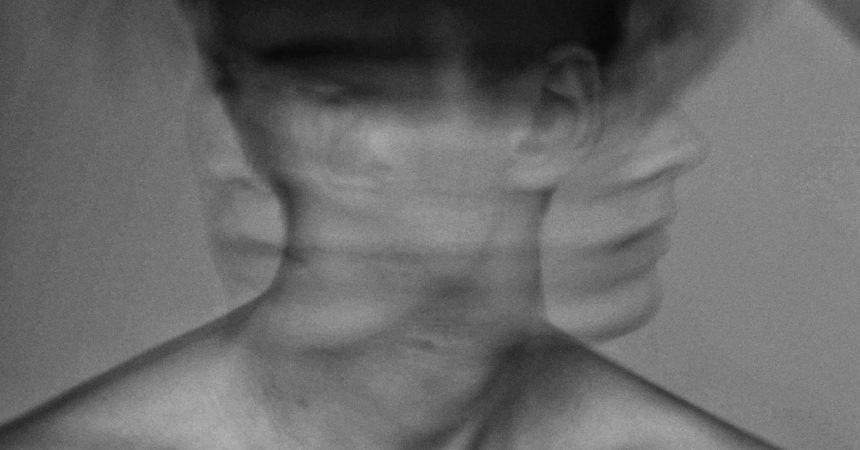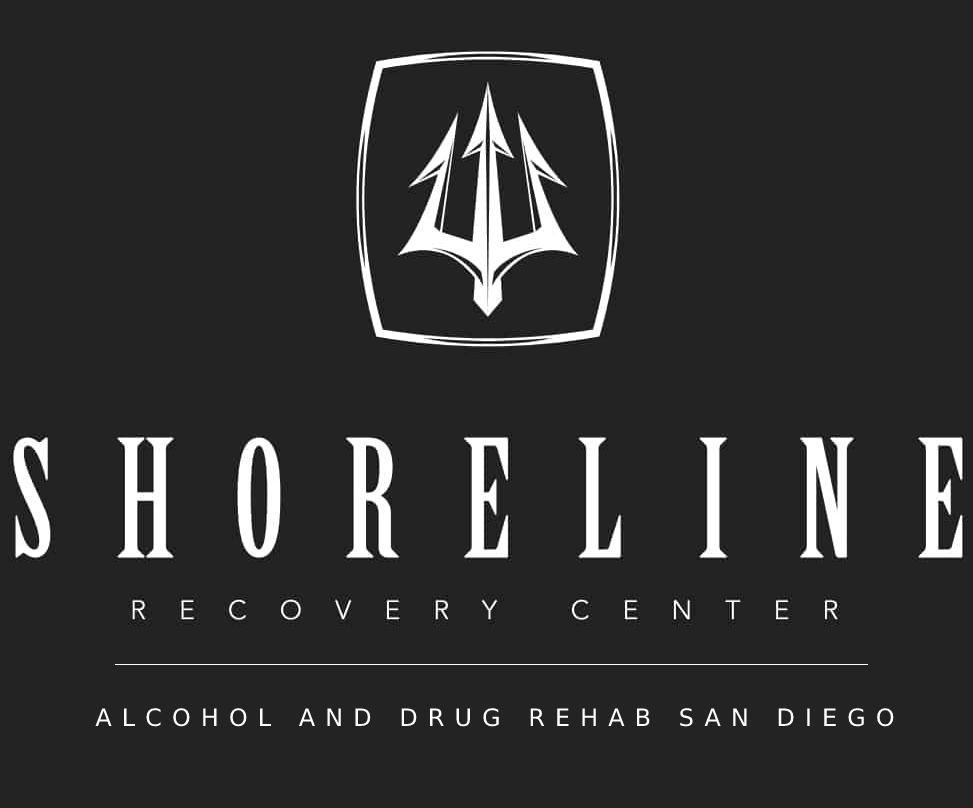If you have in the past of recently been diagnosed with one or more mental health issues, you may be looking for information surrounding your diagnosis and where to go for support. We hope that our blogs will help you learn more about mental health conditions and allows you to feel at ease that you are not alone.
Why is positive mental health essential?
Mental illnesses are common in the United States. Nearly one in five U.S. adults have a mental illness (52.9 million in 2020). Mental illnesses include many different conditions that vary in severity, ranging from mild to moderate to severe. Your mental health ultimately shapes how you think, act, behave, and emotionally respond to others. Your mental health furthermore affects how you cope with the stress of life and random stress that can happen that we have no control over. Your mental health is a vital part of your life, from your infant years to your adult life. You must stay on top of your mental health and be kind to yourself.
Anxiety Disorders
Anxiety disorders are one of America’s most common categories of mental health disorders. It has been recorded that approximately 40 million individuals who are 18 and over suffer from anxiety. Anxiety disorders can range from mild to severe, causing individuals to experience various distressing emotions, such as fear.
Everyone will experience anxiety when it comes to events such as going for a job interview or speaking in front of a group of people. Feeling anxious about these events is entirely normal; individuals who suffer from anxiety experience an abnormal amount of fear and stress to everyday events that would not phase an individual who does not suffer from anxiety.
Anxiety is a very general term for a variety of forms of this mental health disorder; you can see the following categories fall into anxiety disorder:
- Panic disorder
- Social anxiety disorder
- Generalized anxiety disorder
- Obsessive-compulsive disorder
- Post-traumatic stress disorder
Psychotic Disorders
Studies have shown that an average of 3% of Americans are known to suffer or have experienced a psychosis experience. Individuals who suffer from psychotic disorders often cannot distinguish between what is real life and what is not. The mental health disorder physically changes the structure of the individual’s brain, distorting their sense of reality.
The most common psychotic disorders can be seen to include:
- Substance-induced psychotic disorder
- Delusional disorder
- Schizophrenia
- Brief psychic disorder
- Schizoaffective disorder
Mood Disorders
Mood disorders can be hard to distinguish; we will experience various moods within our lifetime, which are entirely normal. However, individuals diagnosed with mood disorders often see their daily lives completely disrupted by their condition. Many individuals will experience a continuous cycle of:
- Low self-esteem
- feeling of hopelessness
- Feeling empty
- Sadness
- Anxious
- Decrease sense of energy
- Excessive guilt
The emotions experienced above are related to a range of mood disorders, and not every one of these emotions will be shared. Below you will find the following under the category of mood swings:
- Bipolar disorder
- Major depression
- Substance-induced mood disorder
- Dysthymia
Dementia
Dementia is the one mental health condition many believe to be a single disorder; however, the term dementia covers many mental health conditions. Individuals with dementia will often see a decline in their cognitive abilities, severely impacting their day-to-day life and independence. Dementia is an awful mental health condition that will slowly destroy individuals thinking skills and memories. Eventually, an individual will be unable to carry out the simplest tasks due to this mental health condition.
Other forms of dementia can be seen to take the following form:
- Wernicke-Korsakoff syndrome
- Frontottemptoal dementia
- Parkinsons disease
- Huntington’s disease
Eating Disorders
It’s estimated that 30 million Americans have struggled with an eating disorder over their lifetime, says Claire Mysko, CEO of the National Eating Disorders Association. That breaks down to 20 million women and 10 million men. Many individuals often overlook eating disorders; social media has pushed diet culture on us that we don’t realize when we have an eating disorder. Eating disorders are more than the relationship an individual has with food. An eating disorder is a complex condition requiring professional help from medical and psychological experts.
Eating issues will not only create an unhealthy habit and mentality towards food but will additionally cause further mental health issues such as:
- Obsession with food
- Depression
- Anxiety
- Purging
If an individual is struggling with an eating disorder and is not receiving adequate professional help, the consequences can be extremely severe, including death. The most common types of an eating disorders can be seen to include:
- Rumination disorder
- Binge eating disorder
- Anorexia nervosa
- Pica eating disorder
- Bulimia nervosa
What are the treatments for mental health disorders?
There are a variety of treatments, from medication to therapy to a mixture of both, when it comes to mental health. The severity of the individual’s suffering will determine the level of treatment they require.
Treatments will vary depending on the individual, a type of psychotherapy that perfectly works for one person will not necessarily work for another.






